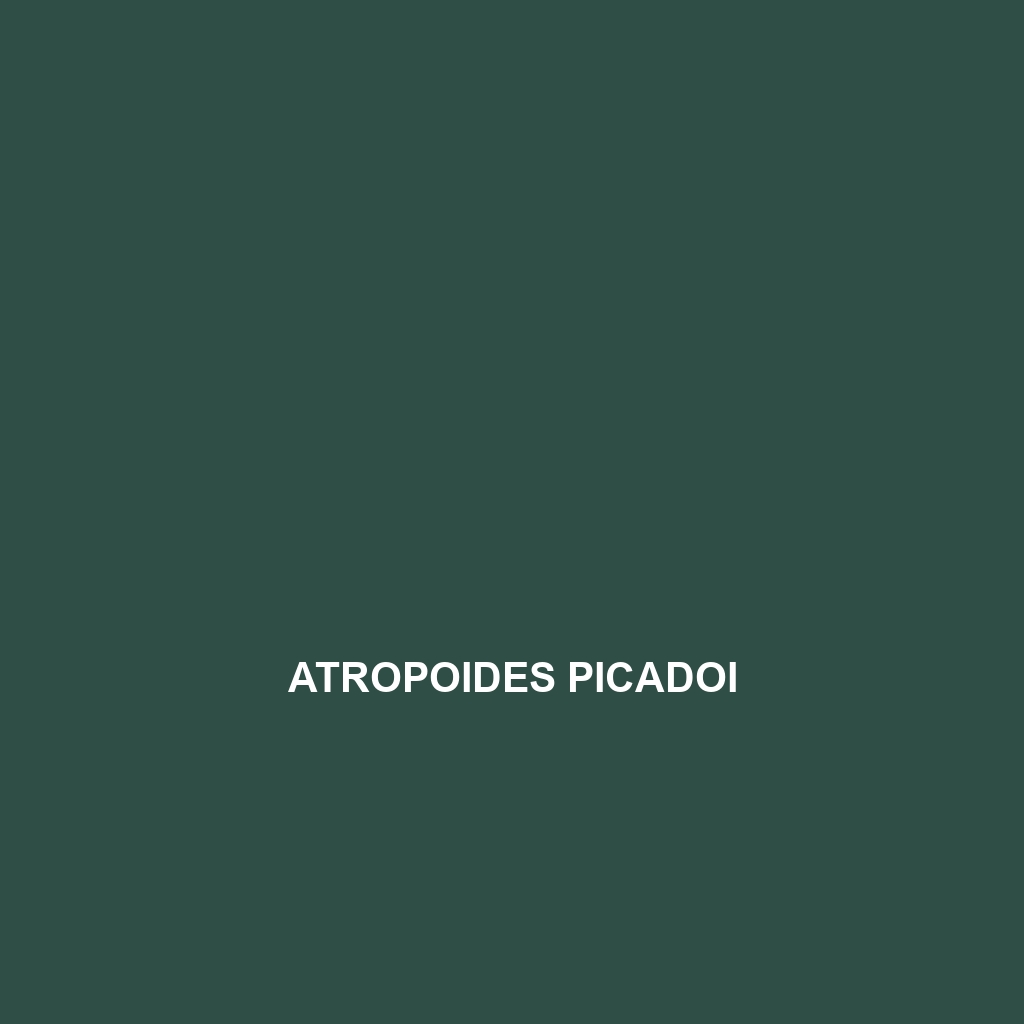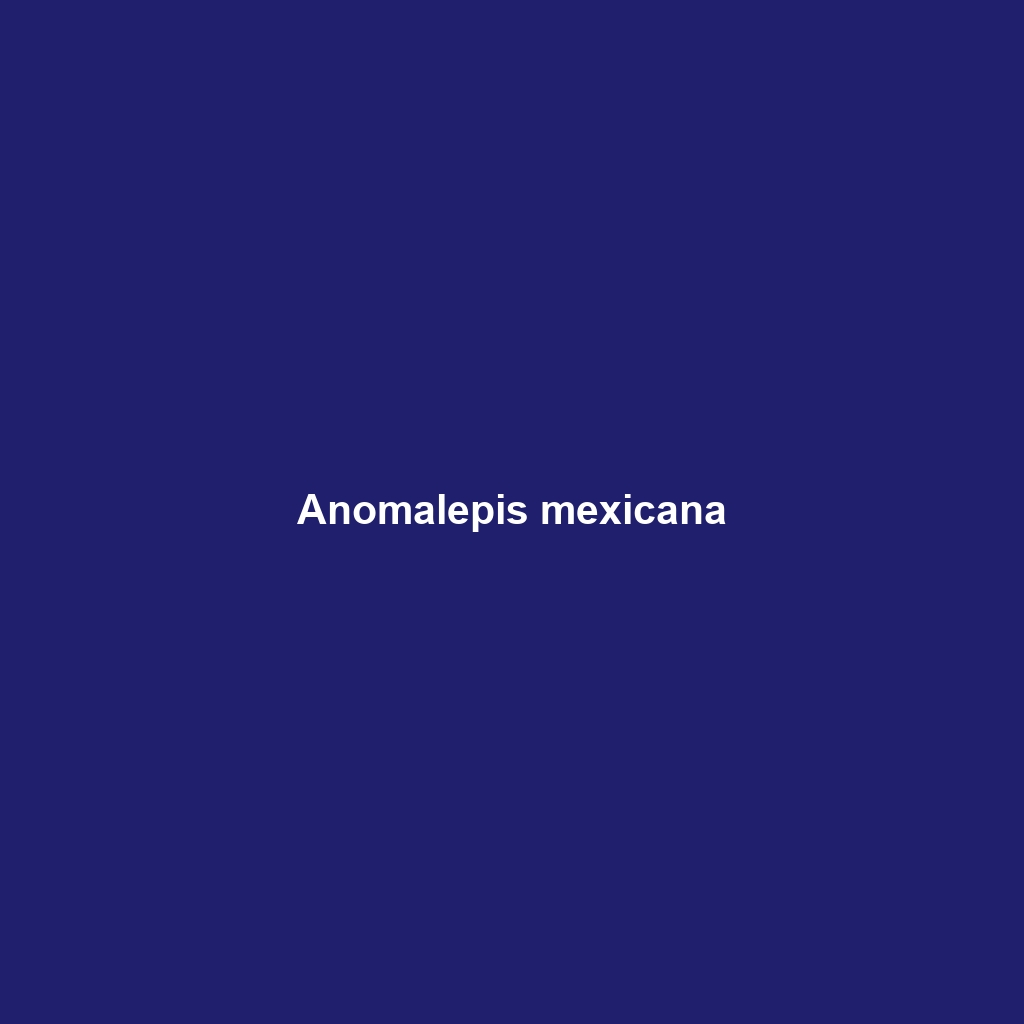Loading...
Tag: live birth snakes
Atractus nicefori
Discover the Atractus nicefori, a vulnerable snake species native to the humid forests of Colombia, characterized by its striking dark brown and black coloration and elongated body. This nocturnal, fossorial predator plays a vital role in its ecosystem by regulating invertebrate populations through its diet, primarily consisting of earthworms and slugs.
Atractus edioi
Explore the fascinating Atractus edioi, or Edio's Snake, a slender, nocturnal species native to the tropical rainforests of Colombia and Venezuela, known for its striking dark brown coloration with subtle yellow stripes and its secretive behavior among dense vegetation. This ovoviviparous snake plays a vital ecological role by controlling invertebrate populations while serving as a prey source for larger predators.
Atractus cerberus
<p>The <b>Atractus cerberus</b>, also known as the Cerberus snake, is a <i>non-venomous</i> species found in the tropical rainforests of Central and South America, typically growing 50 to 70 centimeters long. With its dark brown to black body and lighter bands, this nocturnal, burrowing predator plays a crucial role in controlling insect populations while being classified as <strong>Vulnerable</strong> due to habitat destruction.</p>
Atractus carrioni
Discover the intriguing Atractus carrioni, a vulnerable snake species native to the tropical rainforests of Ecuador. Characterized by its slender body, distinctive chocolate brown or black coloration, and nocturnal behavior, this fascinating creature plays a vital role in its ecosystem by preying on small invertebrates.
Anomalepis mexicana
<div class="woocommerce-product-details__short-description"> <p><b>Anomalepis mexicana</b>, or the Mexican smooth earth snake, is a non-venomous species found in humid lowland forests of eastern and southern Mexico, characterized by its smooth, elongated body reaching lengths of 30 to 60 centimeters. Primarily crepuscular, it feeds on small invertebrates, plays a vital role in the ecosystem, and contributes to soil health while being harmless to humans.</p> </div>
Anilios yirrikalae
Discover the Yirrikala Blind Snake (Anilios yirrikalae), a slender, non-venomous species native to the tropical forests of northern Australia, known for its distinctive dark brown to black coloration and fossorial lifestyle. This vulnerable species plays a crucial role in its ecosystem by aerating soil and regulating invertebrate populations.
Anilios robertsi
Discover the unique Anilios robertsi, or Roberts' Blind Snake, a nocturnal, fossorial species thriving in Australia’s arid woodlands with a smooth, glossy appearance and a diet primarily consisting of small invertebrates like ants and termites. This small, legless snake plays a vital role in its ecosystem by aerating soil and controlling insect populations, making it an essential species for maintaining environmental balance.
Anilios margaretae
The Margaret's Blind Snake (Anilios margaretae) is a slender, nocturnal snake found in the coastal rainforests of Australia, featuring a chocolate brown coloration with lighter bands. This elusive species plays a crucial ecological role by preying on ants and termite larvae, aiding in pest control and supporting biodiversity.








